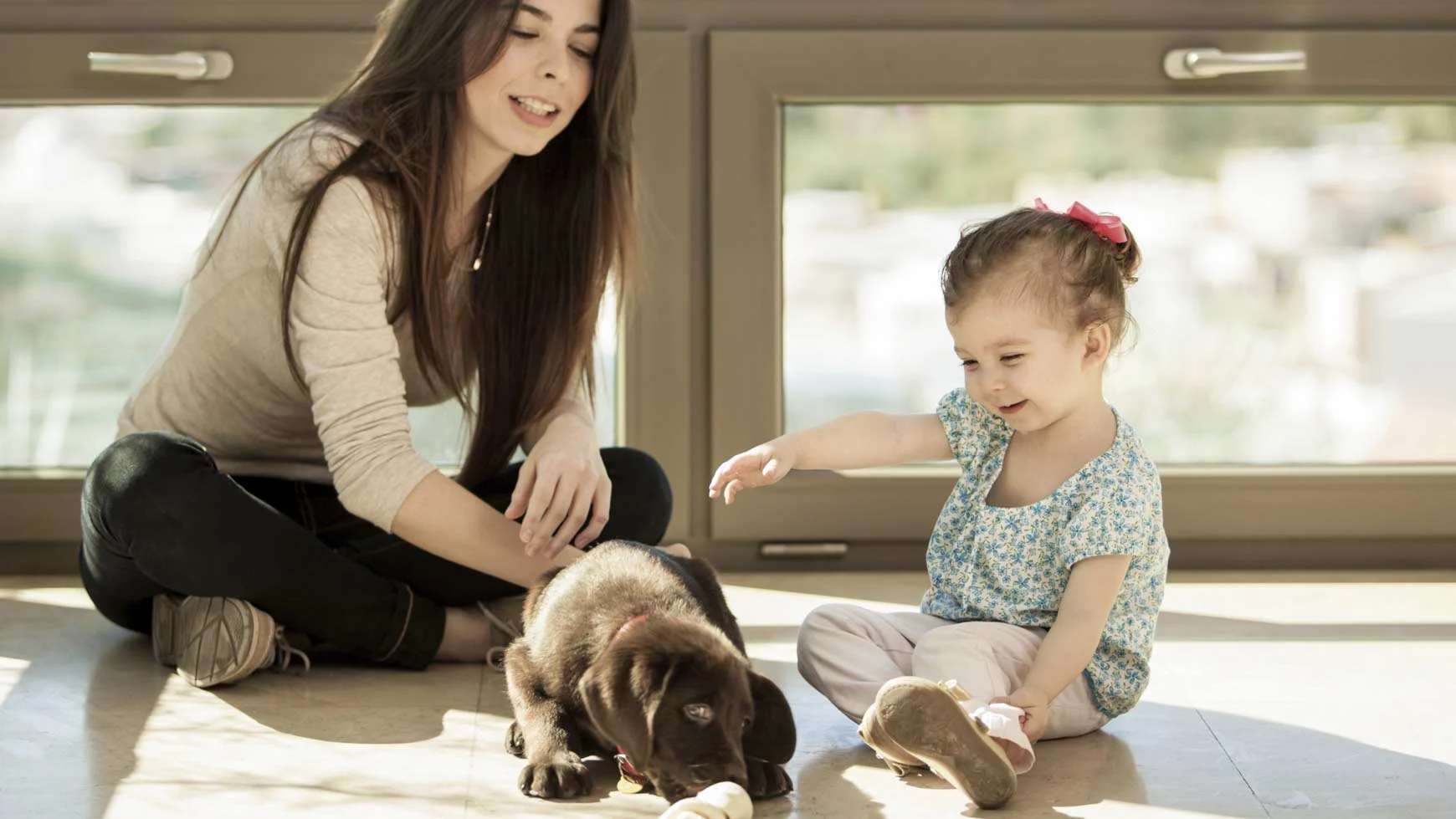The benefits of at-home early intervention services

At a glance
The law requires that early intervention services occur in “natural environments” as much as possible.
A natural environment includes settings, materials, people, and activities your child knows well.
Natural environments help your child stay engaged in learning new skills.
You’ve just found out your child is eligible for early intervention services. Now what? Where do you go for these services? You may be surprised. In many cases, specialists come right to your home or community — your child’s natural environment.
Early intervention and natural environments
Part C of the Individuals with Disabilities Education Act (IDEA) is the reason specialists often come to you. It requires that infants and toddlers eligible for receive services in natural environments as much as possible. This is a legal requirement.
Here’s what this means: In general, children must receive services in a setting or place that’s natural for an infant or toddler of the same age who does not have a or a disability. The natural setting may differ from one child to the next, based on family routines and the types of services needed.
“Many children perform better when they’re around familiar things. For young children with developmental delays or learning and thinking differences, this is even more important.”
Service providers can offer services in other settings, too. But they may do this only when it’s not possible to do so in a natural environment.
What makes up a natural environment?
A natural environment includes where your child lives and plays. But it’s more than just a place. It’s also a process. It includes things like these:
Settings such as:
Your home or backyard
A relative’s home
A childcare site
A park
Materials found in your child’s environment such as:
Toys
Books
Swings
Grass
Spoons
People such as:
Parents
Brothers and sisters
Neighbors
Teachers
Friends
Activities such as:
Eating snacks
Bathing or dressing
Playing
Reading
Walking the dog
Going to the grocery store
Celebrating holidays
Why is a natural environment helpful?
Many children perform better when they’re around familiar things. For young children with developmental delays or learning and thinking differences, this is even more important. They are more likely to learn. Then they can get the very most out of early intervention services.
A natural environment may:
Make it easier for your child to practice new skills without leaving home
Allow your child to stay engaged by doing things that interest them
Allow a service provider to model behaviors for family members and peers
Working with children in their natural environment removes one step in the learning process. It means your child won’t need to figure out how to transfer what they’ve practiced in a clinical setting to the place where they play and live.
Of course, having services available in your home and community can make a big difference to you, too. It means you don’t spend as much time traveling to appointments at multiple locations. And you may receive some “coaching” from the specialists as you go about your day. That can be a win-win for you.
Who decides on the setting for services?
The Individualized Family Service Plan (IFSP) team decides where your child receives services — whether in a natural environment or not. This is the team that writes the plan for the types of services your child and family get once your child is found eligible for early intervention. This team has a well-rounded view of what might work best for your child and family.
The IFSP team is made up of:
Parents
The service coordinator
Two or more people from separate professions
A person involved in assessing your child
Sometimes other family members are part of the IFSP. Other people providing early intervention services may also be a part of the team.
Alternative settings
If the team decides that a natural environment can’t address the desired goals for your child, the IFSP must spell out why not. For example, certain types of services may require special equipment that’s available only in a clinic, office, or a hospital setting.
Also, some programs offer group settings that look and feel like a playgroup. These groups are staffed by service providers who support social, intellectual, physical, fine motor, and speech development.
For more information, find out what kinds of specialists work with babies and toddlers.
Key takeaways
Think about the natural environments your child is familiar with. They may be the best settings for learning.
You help decide where services will take place.
Providers can offer services in other settings only when it’s not possible to do so in a natural environment.

